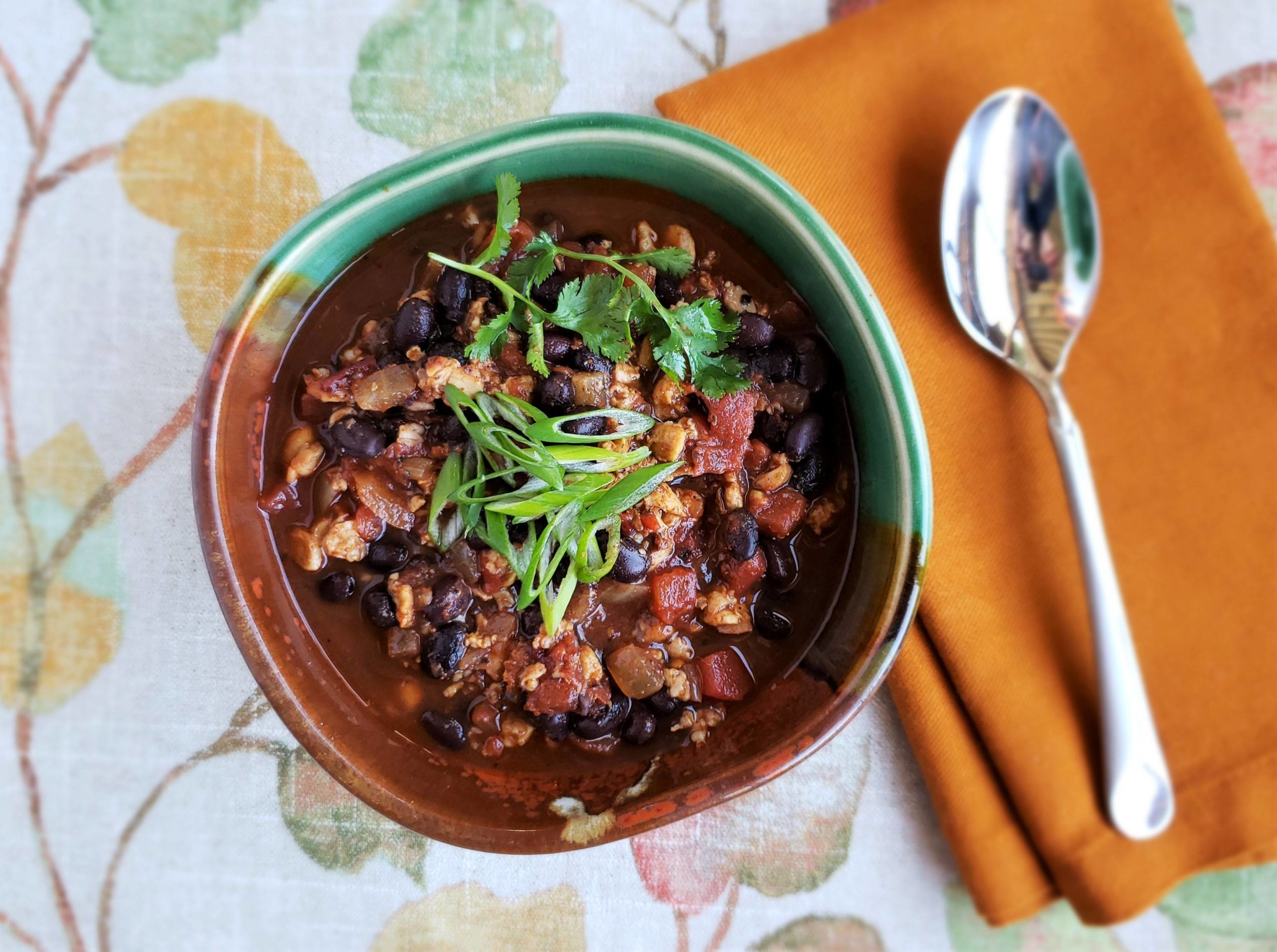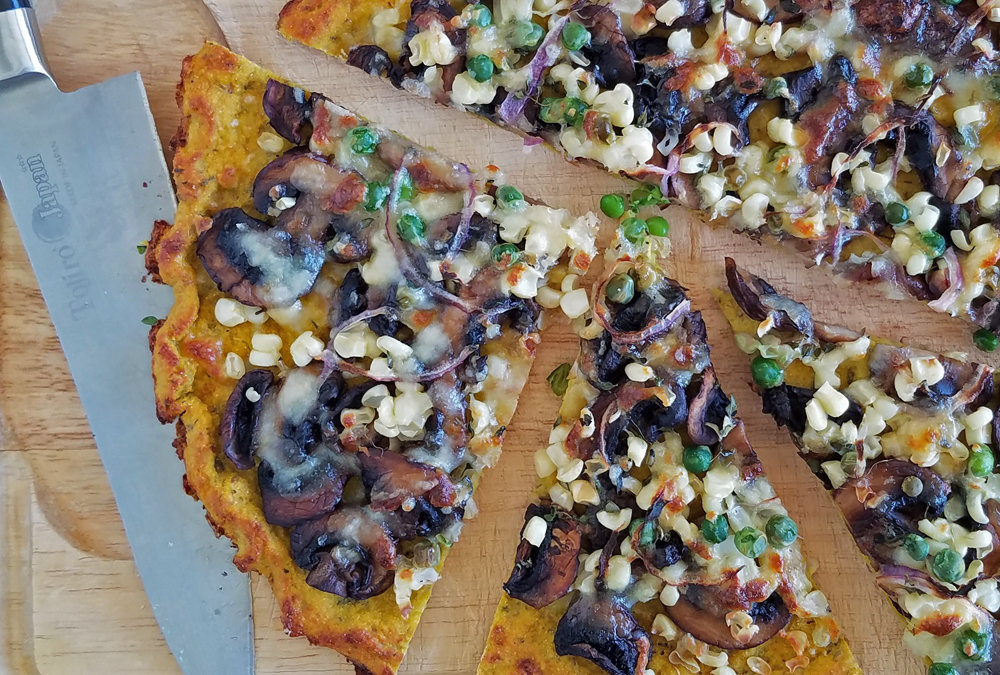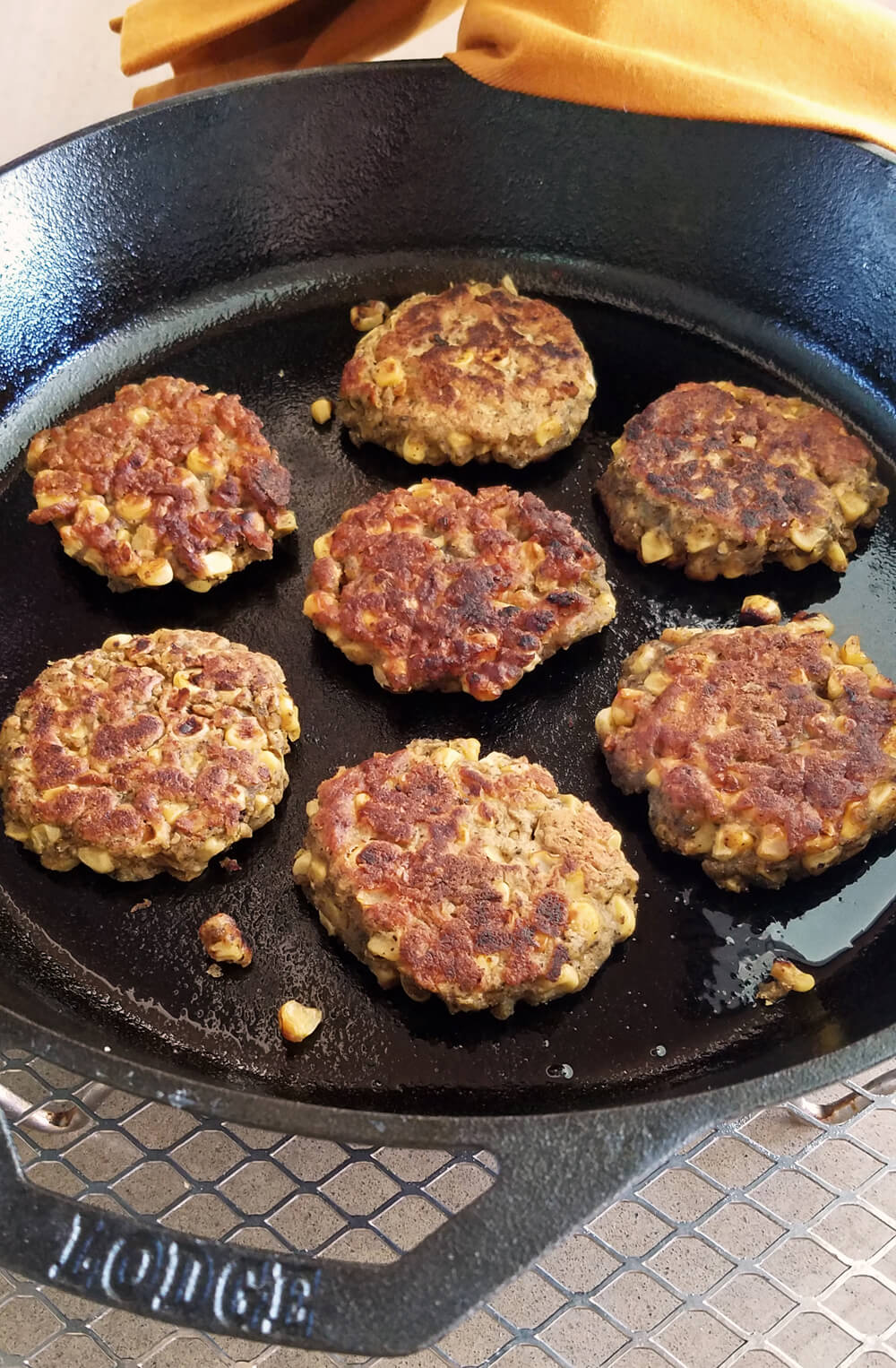I ate honeycomb for the first time at the Royal Highlands show in Scotland where it was called cinder toffee. I adopted a Scottish accent after the first bite. I’d eaten honeycomb-covered chocolate bars in London, but fresh-made honeycomb had heady aromas of caramel,...

Quick Pickled Leeks with Lime
Quick Pickled Leeks with Lime
Leeks are versatile, but most often, are cooked until soft or used as an aromatic veggie in stocks. This recipe for pickled leeks lets them maintain a fresh texture and flavor. In less than 10 minutes, hands-on, you have a versatile, delicious garnish and ingredient for multiple dishes.
Many recipes for pickled leeks combine two acids, a vinegar and a citrus, typically lemon. In this recipe, lime is a perky final touch that pairs well with starch-buttery leeks. A hint of heat from garlic and mustard seed doesn’t suck either.
Ingredients
2 leeks, each about 1½ in diameter
1 cup water
3/4 cup champagne or white wine vinegar
1 teaspoon fine sea salt
2 teaspoons sugar
3 garlic cloves, sliced thin
½ teaspoon yellow mustard seed
3 sprigs fresh thyme
3 tablespoons fresh lime juice (one large-sized lime)
Steps:
- If the leeks are not trimmed, remove outer, tougher stalks, slice the root ends off and cut each stalk lengthwise in half. Under running water, fan the leek layers under running water or swish the halves in a bowl of water. Take each half and slice into moon-shapes about 1/4-inch thick (about 4 cups leeks when done.) Add to a pickling jar, glass or ceramic container.
- In a small saucepan over medium-high heat, combine the water, vinegar, salt, sugar, garlic and mustard seed. Bring to a boil and add thyme. Remove saucepan from heat and leave for 4-5 minutes or until you can discern a hint of thyme when tasting. Add the lime juice.
- Remove the thyme from the pickling juice then pour juice over leeks. Press leeks so the liquid just covers them. Add a couple tablespoons of water if needed and stir into leeks.
- Cool pickled leeks in the refrigerator uncovered, but cover when cooled to store. Since this is a fast pickle and not one done with long-term preserving methods, you can only keep in the refrigerator up to two weeks, but they won’t last that long!
For more information on using leeks, their most excellent nutrient profile, why they work so well in stocks and how they star on their own in a dish, check out my article in Food and Nutrition Magazine on leeks.
Pickled Leek Serving Options:
Legumes and Veggies: use as a garnish on grilled vegetables and add to bean salads
Grains: use an ingredient in grain or pasta salads to add textural interest and flavor contrasts
Poultry: use in omelets, scrambled eggs, chicken salad and to garnish roasted poultry
Cheese and sausage: serve as a condiment

Easy homemade Honeycomb for a Flavorful Sweet Treat

Kids in the Kitchen: A little Cooking Competition is Healthy
Parents rarely get to brag that their children regularly make the family meals using lots of new ingredients. However, TV cooking competitions for kids give the illusion that they often whip up complex meals quicker than their parents can google the recipe....

Marmalade Macaroons or Rochers à la Noix de Coco
Add macaroons to your dessert menu to master a classic French treat with Italian origins that’s surprisingly quick and easy. Macaroons (mac-uh-ruinz) based on coconut, look and sound nothing like the butter-cream filled almond cookies macarons (mac-kaw-rhone...

Michele Redmond
French-trained Chef, Registered Dietitian Nutritionist & Food Enjoyment Activist
It's about Making Food First
Get Eat Well Academy periodic updates on easy ways to choose and cook foods that satisfy your appetite, nurture your body and make eating well a pleasure.




 The pleasure of food, good health and well-being through simple habits for eating well and flexitarian low-key cooking.
The pleasure of food, good health and well-being through simple habits for eating well and flexitarian low-key cooking. 
 Don’t let the nutrient-rich profile and French name fool you into thinking this is a fancy health food; ragout is your basic comfort food. A
Don’t let the nutrient-rich profile and French name fool you into thinking this is a fancy health food; ragout is your basic comfort food. A 














